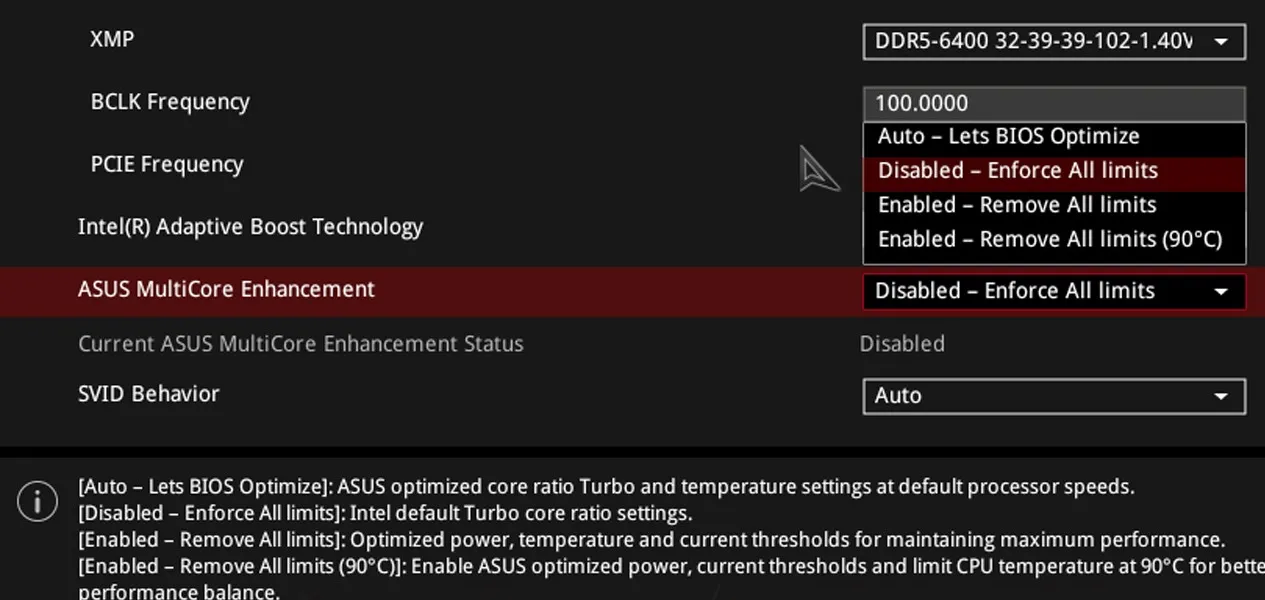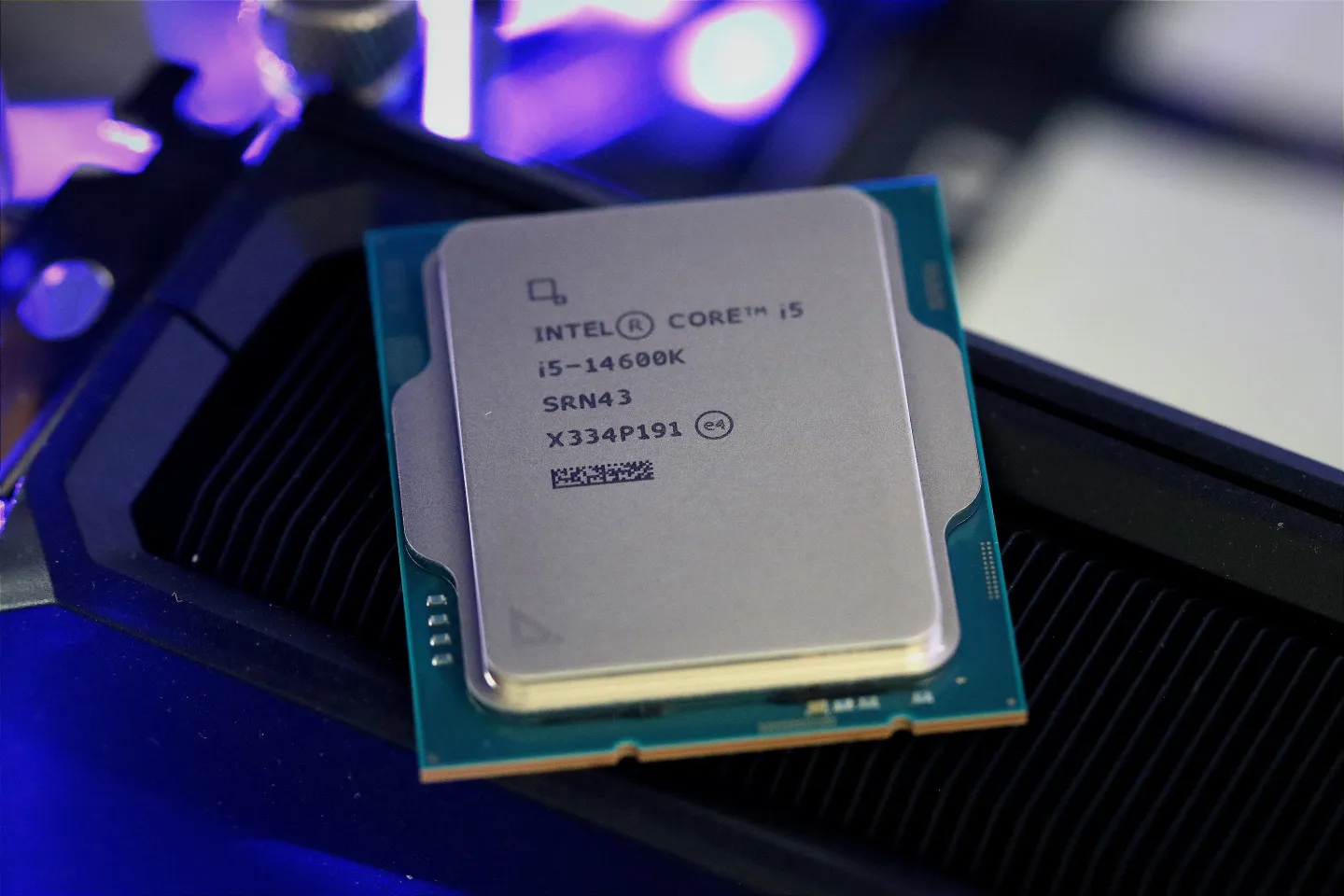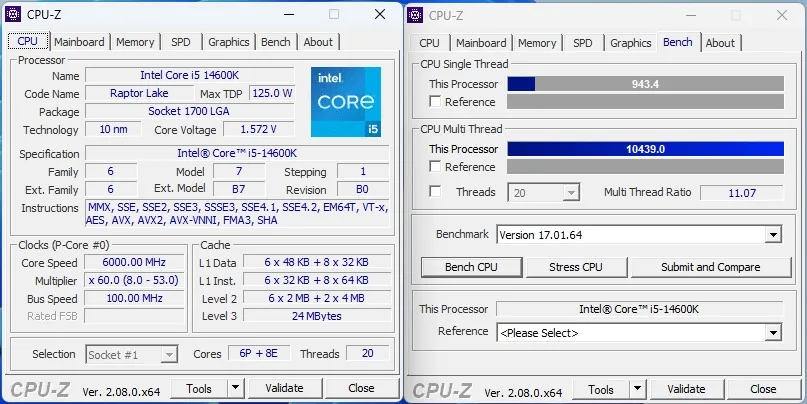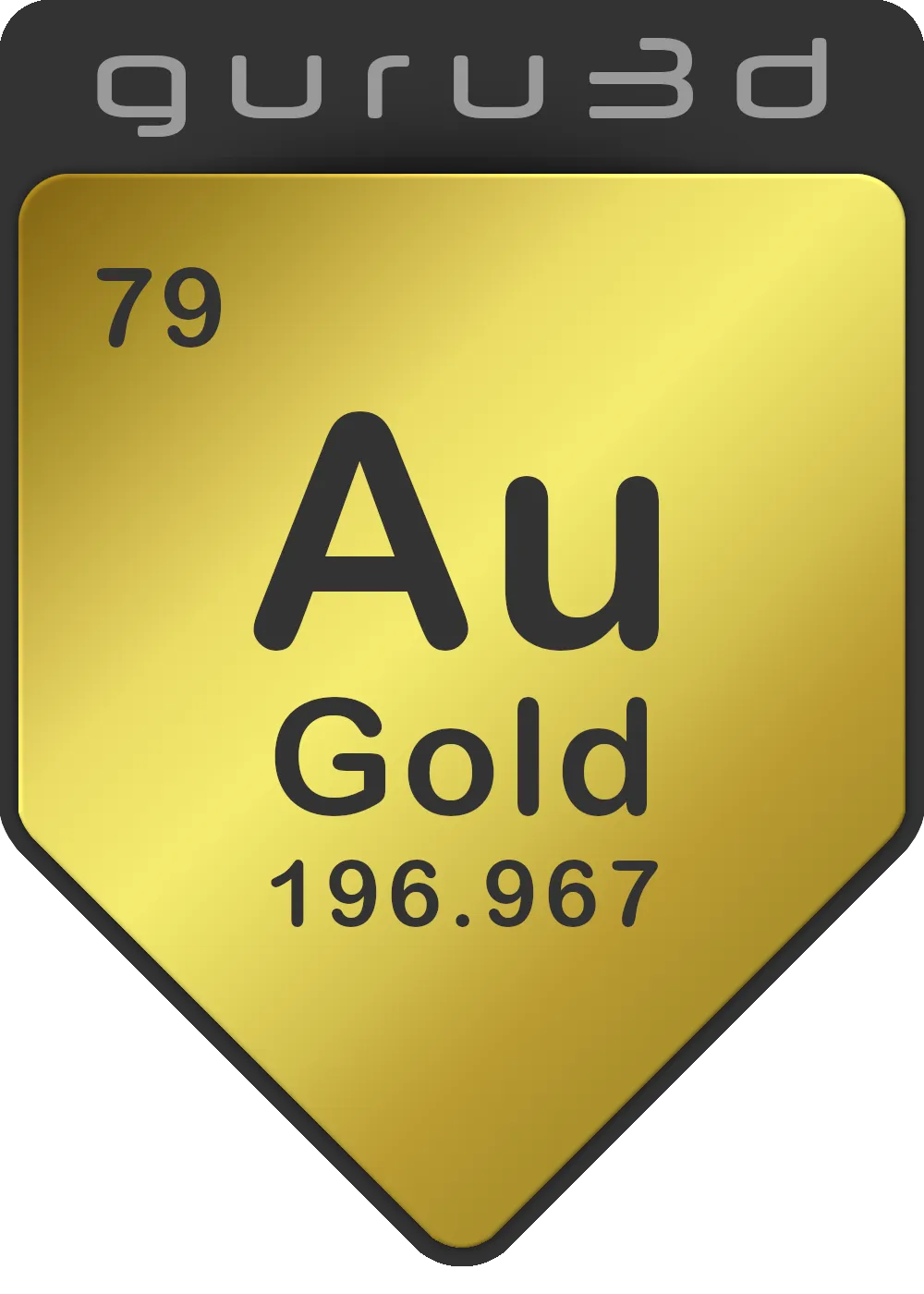Conclusion
Final Words
The Intel Core i5-14600K merely is a slightly faster clocked 13600K, and thus offers enhanced clock frequencies when compared to its counterparts. Its single-threaded performance is fast though, while its multi-threading capabilities appear average in applications compared to the 13600K. Nevertheless, in the gaming realm, this CPU delivers very capable performance. Specifically, the boost clock frequency of 5.3GHz (on the P cores), in contrast to the 5.1GHz peak boost of the 13600K for performance cores works its magic as a 200MHz increase can matter. What also helps is that this processor can be tweaked fairly easily to 6 GHz on the P cores, and that's golden.
We need to note that this review is based on 'as reference as possible' motherboard settings. That also means that reviews can vary widely across different media outlets in relation to performance values. This variation stems from motherboard manufacturers in determining the CPU's configuration. Our testing was conducted on an ASUS Z790 (Dark Hero) motherboard, which we configured at reference specifications for multi-core configurations as best as the BIOS allows us to do. However, if you leave the motherboard defaults settings enabled, you'll gain a notch more performance (check out the Dark Hero review to observe that).
In any case, adequate cooling is imperative to handle these heat surges, a scenario somewhat comparable to the Ryzen 7000 higher-tier variants. For gaming enthusiasts, Raptor Lake's overall design, particularly the L2 caches, plays a key role in enriching performance. This underlines the reasons why the 14600K might be viewed as a compelling choice. Intel specifies that the 14600K, when adequately cooled to maintain a Tjmax of 100°C, can potentially boost up to 5.3 GHz, a claim supported by our testing results.
Price and value
The 14th generation Core processors are priced somewhat more competitively than the Ryzen 7000 series, though they still command a notable premium. Specifically, the 14600K(F) is aimed at competing with the 7700X. Notably, while Ryzen 7000 relies entirely on performance cores, Intel employs six of these and supplements them with an additional eight E cores, a configuration that results in enhanced performance. This design not only works to Intel's advantage but is also more thermally efficient. From a pricing perspective, the 14600K(F) is positioned intriguingly at approximately $290 USD. In contrast, the 7700X is priced at $399 USD, and the 7900X comes in at $549 USD — the latter of which the 14600K(F) occasionally rivals in performance not to mention the more preferred X3D models. A key distinction lies in platform requirements: for the Ryzen 7000 series, an upgrade to both DDR5 and a new AM5 motherboard is obligatory. Intel offers a more flexible approach. Owners of a Z690 motherboard can simply update the firmware to accommodate the new processor. Moreover, the Z690's DDR4 compatibility might spare users from investing in a pricier platform. This compatibility consideration enhances the appeal of the Core Series 14000.
| Intel 14th Gen Core Raptor Lake Refresh | |||||
|---|---|---|---|---|---|
| Configuration | Base ClockP-Core | Max ClockP-Core | PBP/MTP | MSRP | |
| Core i9-14900K(F) | 24/32T (8P+16E) | 3.2 GHz | 6.0 GHz | 125W/253W | $589 |
| Core i9-14900(F) | 24/32T (8P+16E) | 2.0 GHz | 5.8 GHz | 125W/253W | $564 |
| Core i7-14700K(F) | 20/28T (8P+12E) | 3.4 GHz | 5.6 GHz | 125W/253W | $409 |
| Core i7-14700(F) | 20/28T (8P+12E) | 2.1 GHz | 5.4 GHz | 125W/253W | $384 |
| Core i5-14600K(F) | 14/20T (6P+8E) | 3.5 GHz | 5.3 GHz | 125W/181W | $319 |
| Core i5-14600 | 14/20T (6P+8E) | 2.7 GHz | 5.2 GHz | 125W/181W | $294 |
| Core i5-14500 | 14/20T (6P+8E) | 2.6 GHz | 5.0 GHz | ||
| Core i5-14400(F) | 10/16T (6P+4E) | 2.5 GHz | 4.7 GHz | ||
| Core i3-14100(F) | 4/8T (4P+0E) | 3.5 GHz | 4.7 GHz | ||
Gaming performance
The 14th Core series processors harden Intel's position in gaming performance in contrast to AMD's X3D processors. When looking resolutions that are CPU-constrained, Intel often holds a performance advantage, closely competing with the 7000 series X3D. The performance differences are generally nominal, and not every user possesses a high-end graphics card priced above 1000 USD and thus is GPU bound as opposed to being CPU bound. In fact, a larger proportion of 13600K/14600K users likely will be using an RTX 4060 or RX 7600 XT, where the CPU's performance becomes far less relevant since the GPU emerges as the biggest bottleneck. In the current landscape, a six or eight-core processor provides a commendable gaming experience, with eight cores becoming increasingly standard for an optimal gaming and general desktop PC.
DDR5 Memory
When considering a transition to an entirely new platform, the total cost of ownership is a significant factor. Even though the price of DDR5 memory is projected to decrease in the upcoming year, current market rates reflect a premium. For Intel configurations, a minimum of 5200 MHz is advisable, but for both Intel and AMD, a 6000 MHz configuration might offer optimal performance. In terms of stability, tests with a 6000 MHz kit indicated consistent and reliable results. And considering what 2x16GB DDR5 costs these days, it's highly recommended.
Energy efficiency
The 125W TDP-rated Core i9-14600K is a processor that is allowed a maximum 181 Watts (PL2) state. That does not mean the processor runs that wattage all the time, however for short bursts of time when needed it can pull that wattage. Depending on the motherboard BIOS configuration it'll hold that state longer (or shorter). Longer energy states not only consume more power but also heat. We had no issues cooling this processor though. You could cool this processor with a premium heatpipe-based cooler however we'd advise a nice LCS kit.
Tweaking
As with all processors, you still have a bit of leash to overclock. With proper liquid cooling (an LCS kit with enough capacity), the easiest way to overclock is to select all cores towards your maximum multiplier. With these temps at hand, we advise the voltage regulated by the motherboard (auto). For Core i5-14600K, this seems to be in the 6000 MHz domain, again that's all P cores. That value we feel is impressive, we OCed to 6100 (all P cores) and can run a benchmark or two stable.
Conclusion
The Core i5 14600K as it stands is an attractive choice for gamers, striking a balance between speed and affordability when paired with even a high-end graphics card. This processor promises proper performance with some more to spare. Its tweakability was impressive, and gaming performance even with an RTX 4090 was spot on. These precisely are the features sought after by tech and gaming afficionados. The inclusion of 8 E cores enhances its multi-threading capacity in relation to creator and streaming workloads whereas the six P cores are paramount for gaming. Combined with proper L2/L3 cache levels, it does offer proper performance in many workloads including gaming. That said, this processor merely remains to be a minor speed bump over the 13600K. Intel, akin to AMD, has maximized its available registers and is compromising slightly on thermal and energy efficiency. The integration with the now more matured Z790 platforms allows access to PCIe Gen 5 and up-and-coming WIFI7. However, as of this review, the full utilization of PCIe Gen 5 remains mainly inaccessible due to the lack of compatible graphic cards requiring 16x PCIe Gen 5 lanes. Gen 5 SSDs do benefit from this. Cooling, though, remains a challenge for Gen5-compatible NVMe SSDs. The new refresh Z790 motherboard we are testing has seriously upped the heatsink real estate on the PCIe Gen 5 SSD slot, so that's becoming less of an issue. The refresh motherboards also come packed with advanced features such as USB 3.2 2x2, 2.5 G LAN, and WIFI7. Intel's Series 14000 Core processor showcases impressive multi-threaded and swift single-threaded performance. Upon testing the 14600K, while it excels in efficiency and maintains moderate temperatures, the Ryzen 7 7800X3D emerges as a more appealing choice for PC gaming due to its thermal advantages, however carries an MSRP of $399. The strong point for the 14600K might challenge the Ryzen perspective, providing proper performance at $294 (KF) or $319 for the K model. While energy consumption could be a topic of discussion, the merits of this processor overshadow some doubts. For those seeking value versus a good-performing gaming PC, the Core i5 14600K comes highly recommended and receives our gold award, but if the 13600K drops in price, it would be the more valuable option to pick.
- Sign up to receive a notification when we publish a new article
- Or go back to Guru3D's front page.





